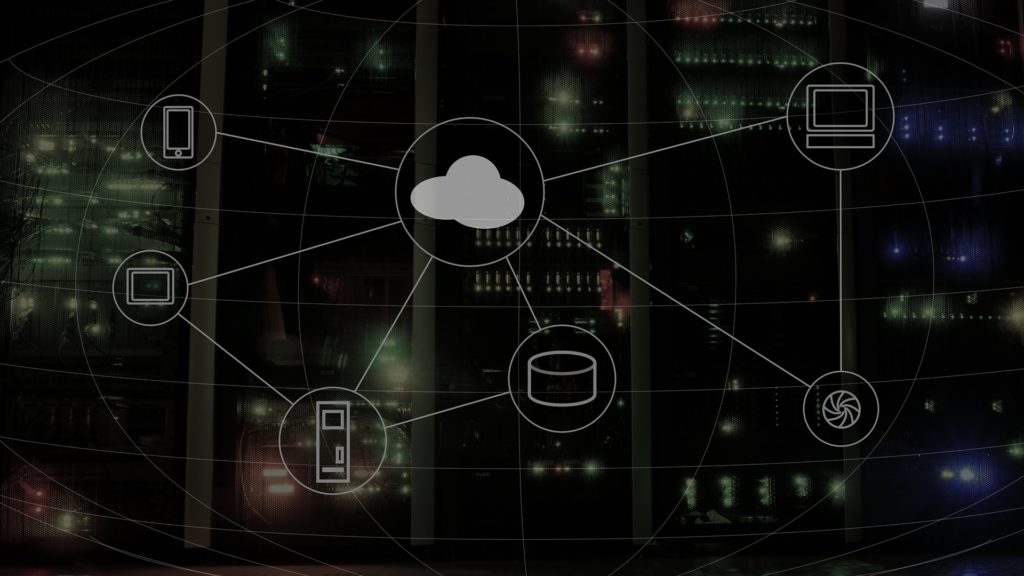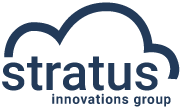Does Your Business Have an IT Disaster Recovery Plan?

During an IT disaster, Murphy’s Law rings true: Anything that can go wrong will. That’s why if you’re a small business owner whose company depends on IT systems, you should always plan for the worst.
Unfortunately, too many small businesses fail to plan for worst-case scenarios, and they never recover if one comes to pass. According to the U.S. Small Business Administration, 40–60% of small businesses never reopen after a disaster.
With disaster recovery as a service (DRaaS), you can make sure your business doesn’t end up crippled when the worst happens. Keep reading to learn how DRaaS can keep your business up and running through even the worst IT catastrophes.
Why Does My Company Need an IT Disaster Recovery Plan?
Most modern businesses rely on software and data for their day-to-day operations. In a disaster, these vital resources might suddenly become unavailable, and you could even lose some of your data forever.
Major disasters like hurricanes, earthquakes, and floods are rare. However, IT systems can be fragile, and seemingly minor issues like power outages, burst pipes, and device failures can stop your business’ systems in their tracks.
Or the causes of a failure can be more nefarious. Just recently, one of our customers was attacked by a cryptovirus that completely destroyed their production data. Fortunately, they had a disaster recovery plan in place with us that included off-site failover. This gave them the ability to get back up and running quickly.
For these reasons and more, it’s crucial to have a disaster recovery plan (DRP) in place. A good DRP identifies your critical functions and systems and then outlines solutions to make sure your business can continue moving forward through adverse events.
Ask yourself this: If a disaster occurred today, would you have the following?
- An alternate place to operate your business
- Ways to communicate with your clients and employees
- Secure access to your data and records
- A comprehensive failover process or backup server
- A means to pay your employees and vendors
While a DRaaS solution can’t address all these needs, it can protect your business’ vital information and allow for seamless access to your server’s data in even the worst situations.
What Is Disaster Recovery as a Service (DRaaS) and What Are Its Benefits?
DRaaS is a cloud computing and backup system that protects your applications and business data by storing a copy of your entire system off-premises. When a disaster occurs, DRaaS helps your business maintain continuity by giving your team easy access to the electronic resources they need no matter where they are.
RELATED VIDEO: Disaster Recovery as a Service for VMware and Hyper-V
Compared to more traditional backup systems, DRaaS offers significant benefits. For one, DRaaS is completely cloud-based, so you no longer have to maintain off-site infrastructure that stores your data. And you never have to worry about updating your server’s software and security systems when it’s stored on the Microsoft Azure cloud.
Additionally, when you back up your server on a physical device, you run the risk of system failure, especially if there’s a major disaster that affects the location where you store your data. As an example, when Hurricane Sandy hit the United States in 2012, nationally-recognized media outlets like Buzzfeed and the Huffington Post went dark because they maintained their data in a physical datacenter nearby. And while some newer datacenters are built to survive natural disasters, there’s always a risk that a datacenter could experience outages and system failures.
RELATED ARTICLE: What Is a Virtual Datacenter, and How Can It Drive Business Value?
Another major benefit of a cloud-based DRaaS system is that it will replicate your data on multiple secure sites, which adds another layer of protection. Even if the worst happens and more than one site fails, you should still be able to access your business’ data.
Furthermore, DRaaS isn’t platform-specific. A DRaaS system can store all your applications and data regardless of who made them or what system they operate on.
DRaaS is also cost-effective. It eliminates your need for a physical off-site datacenter, and you can devote fewer IT resources to disaster recovery. And you’ll also spend less time recovering your data during failback. With benefits that include reduced infrastructure, added flexibility, and increased efficiency, it’s no wonder that experts estimate the usage of DRaaS systems will grow more than 200% by 2020.
Stratus Innovations Can Design a Comprehensive IT Disaster Plan for Your Business
Stratus Innovations’ DRaaS for VMware and Hyper-V offers businesses comprehensive protection for their IT applications and data. Once we integrate our DRaaS solution into your system, it takes roughly five minutes to create a failover on the Microsoft Azure Cloud.
Our DRaaS solution also continuously monitors your system’s health and performance, and if there’s evidence that your server is nonresponsive, DRaaS will ensure that your data and applications are protected.
RELATED SUCCESS STORY: Bettcher Industries Selects Azure Site Recovery for Their Disaster Recovery Needs
If a disaster occurs, it’s relatively easy to implement your recovery plan, and the experts at Stratus Innovations will be there to support you every step of the way. After failover, the failback process of returning your data to a server can take less than 15 minutes.
Finally, DRaaS for VMware and Hyper-V is incredibly cost-effective. On average, our DRaaS solution costs 15 to 20 times less than a traditional backup system.
If you’re ready to learn more about our scalable DRaaS solutions and find out how they can help your business, contact Stratus Innovations. Just call us toll-free at 844-561-6721 or fill out our quick and easy online contact form to get in touch with us today.
References
Morency, J.P., Tenneson, C., & Blair, R. (2016, June 16). Magic quadrant for disaster recovery as a service (ID: G00277835). Gartner. Retrieved from https://cdn2.hubspot.net/hubfs/416647/Gartner_DRaaS_Magic_Quadrant.pdf
The content provided here is for informational purposes only and should not be construed as legal advice on any subject.
